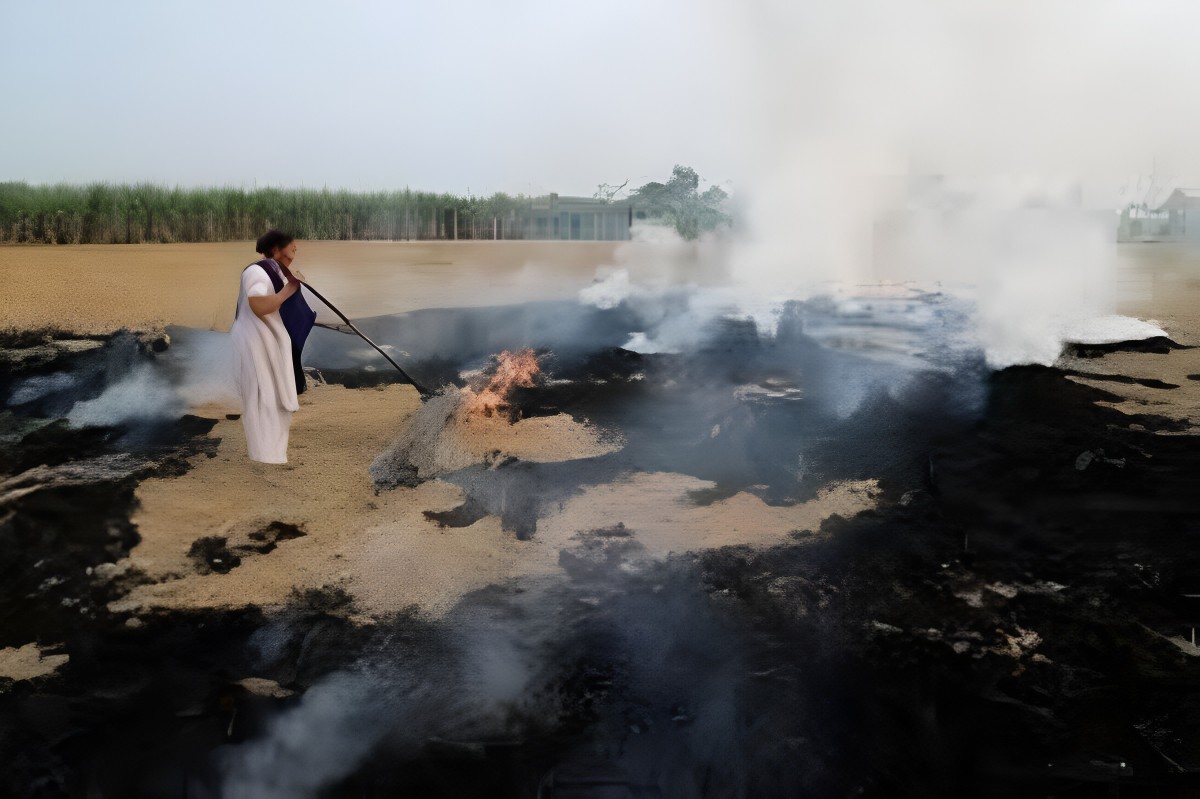Humans exploiting and destroying populations on unprecedented scale
Animal populations have plunged an average of 68% since 1970, as humanity pushes the planet’s life-support systems to the edge.
Wildlife populations are in freefall around the world, driven by human overconsumption, population growth and intensive agriculture. According to a major new assessment of the abundance of life on Earth.
On average, global populations of mammals, birds, fish, amphibians and reptiles plunged by 68% between 1970 and 2016, according to the WWF and Zoological Society of London (ZSL)’s biennial Living Planet Report 2020. Two years ago, the figure stood at 60%.
The research is one of the most comprehensive assessments of global biodiversity available and was complied by 134 experts from around the world. It found that from the rainforests of central America to the Pacific Ocean. Nature is being exploited and destroyed by humans on a scale never previously recorded.
Population drops
Latin America and the Caribbean recorded the most alarming drop, with an average fall of 94% in vertebrate wildlife populations. Reptiles, fish and amphibians in the region were most negatively affected, driven by the overexploitation of ecosystems, habitat fragmentation and disease.
Africa and the Asia Pacific region have also experienced large falls in the abundance of mammals, birds, fish, amphibians and reptiles, dropping 65% and 45% respectively. Europe and central Asia recorded a fall of 24%, while populations dropped 33% on average in North America. To form the Living Planet Index (LPI), akin to a stock market index of wildlife, more biodiverse parts of the world, such as tropical regions, are given more weighting.
Freshwater Damage

Freshwater areas are among the habitats suffering the greatest damage, according to the report. One in three species in those areas threatened by extinction and an average population drop of 84%. The species affected include the critically endangered Chinese sturgeon in the Yangtze River, which is down by 97%.
Using satellite analysis, the report also finds that wilderness areas – defined as having no human imprint. Only account for 25% of the Earth’s terrestrial area and are largely restricted to Russia, Canada, Brazil and Australia.











